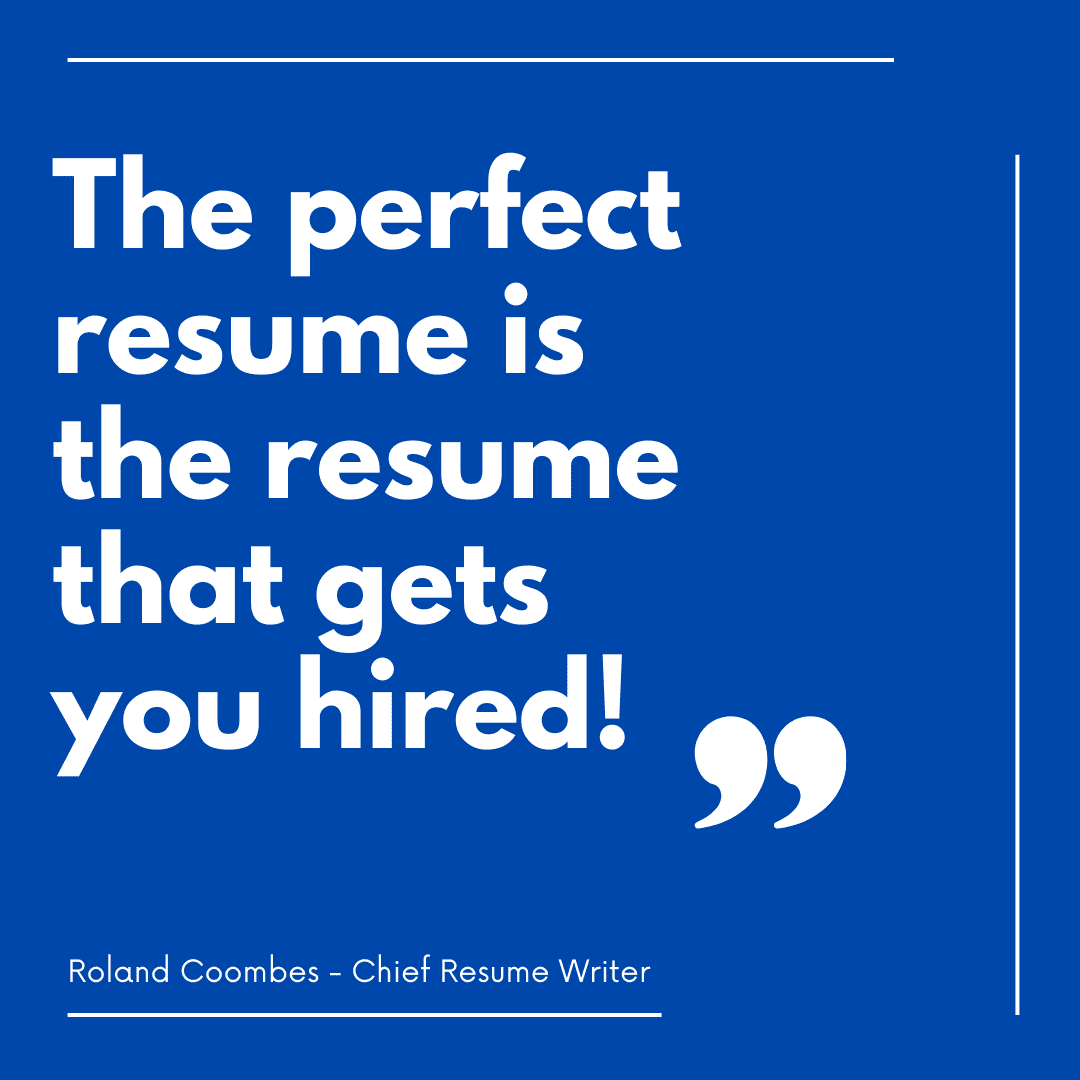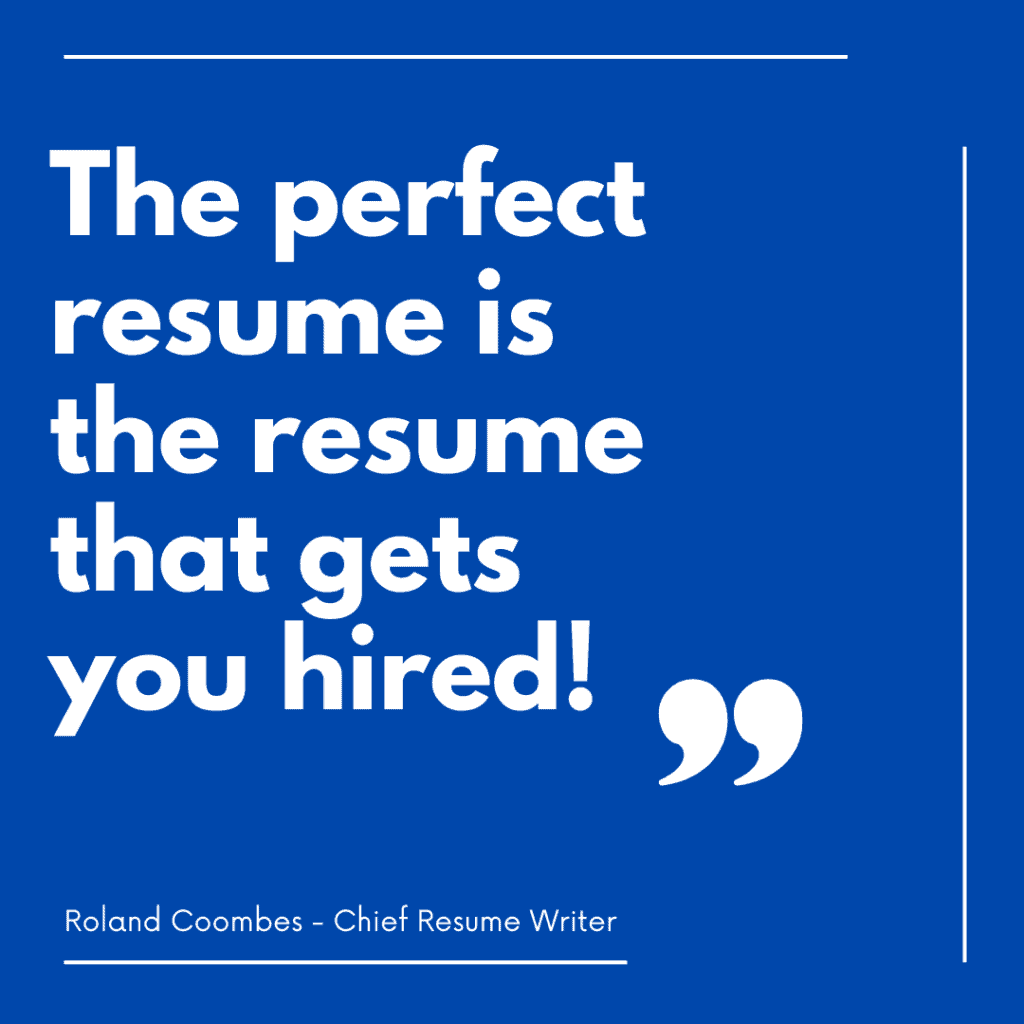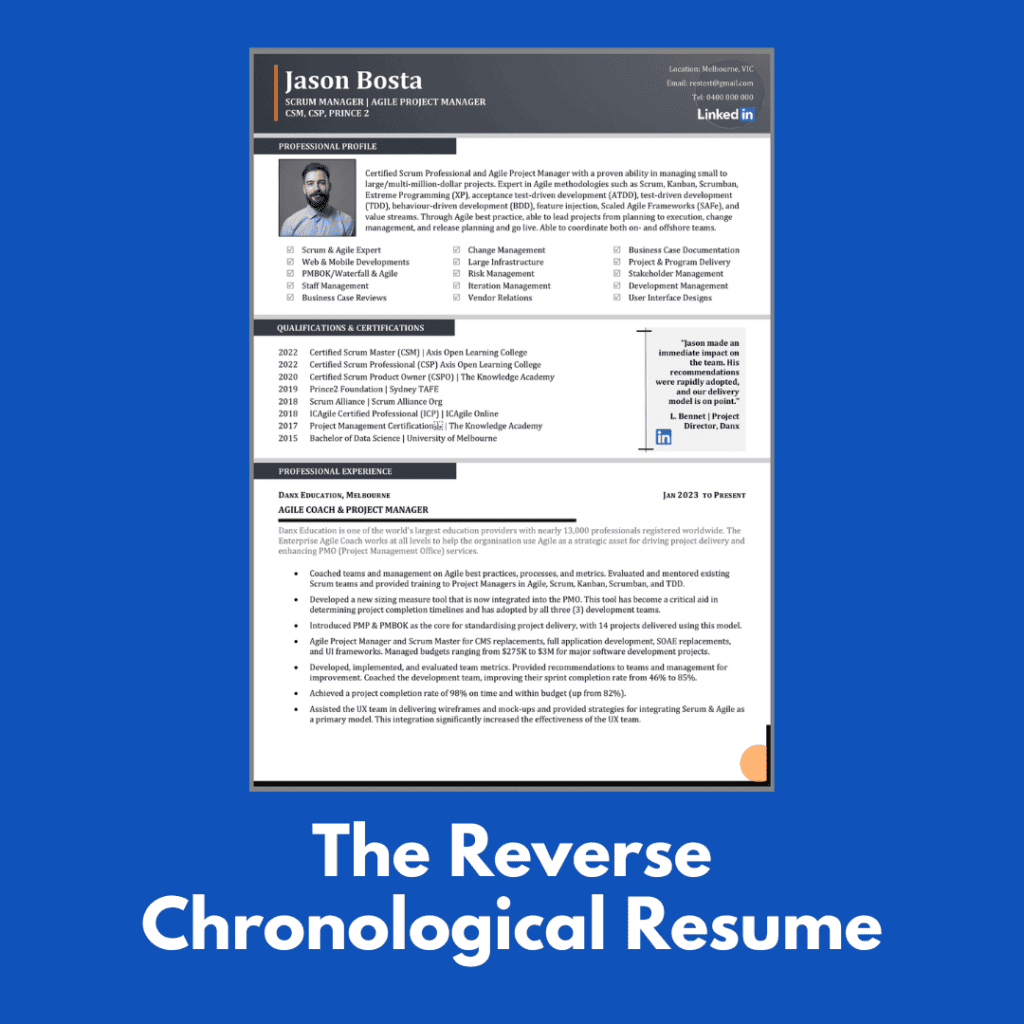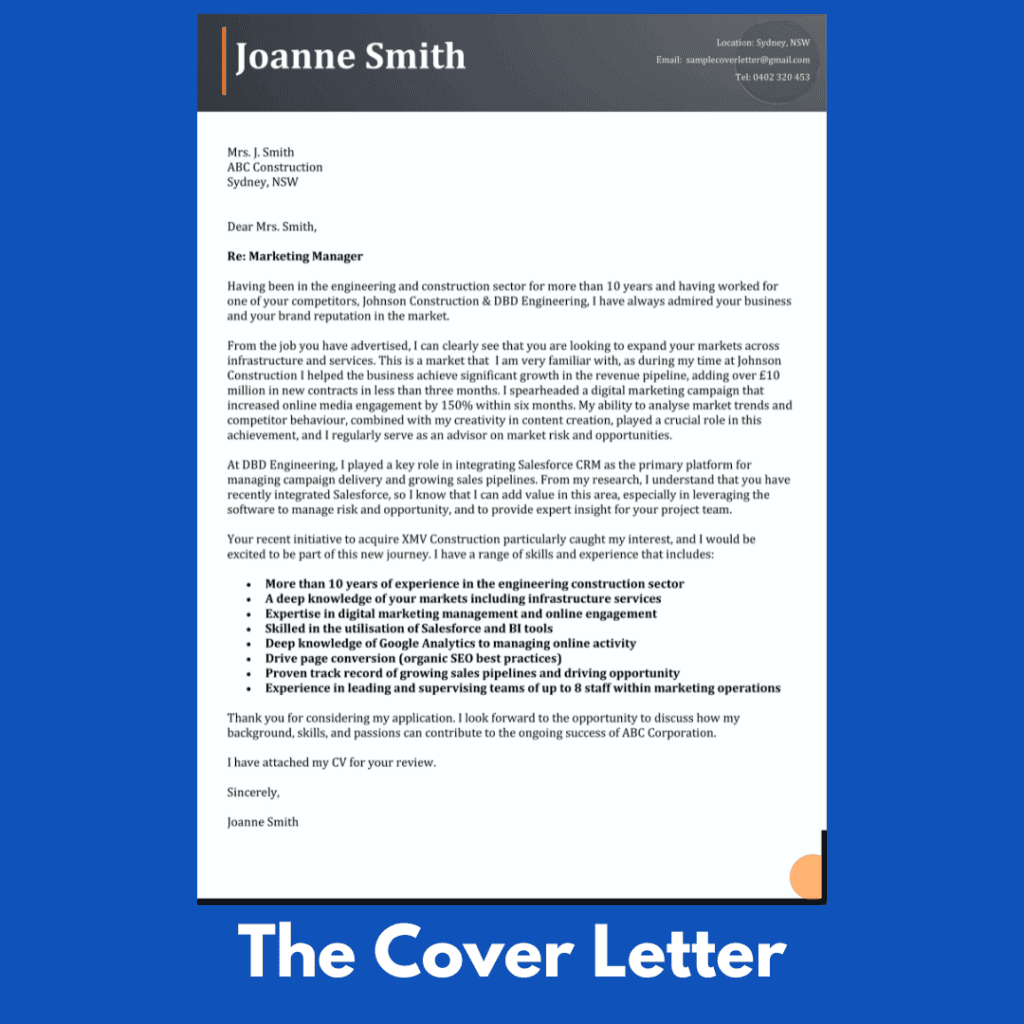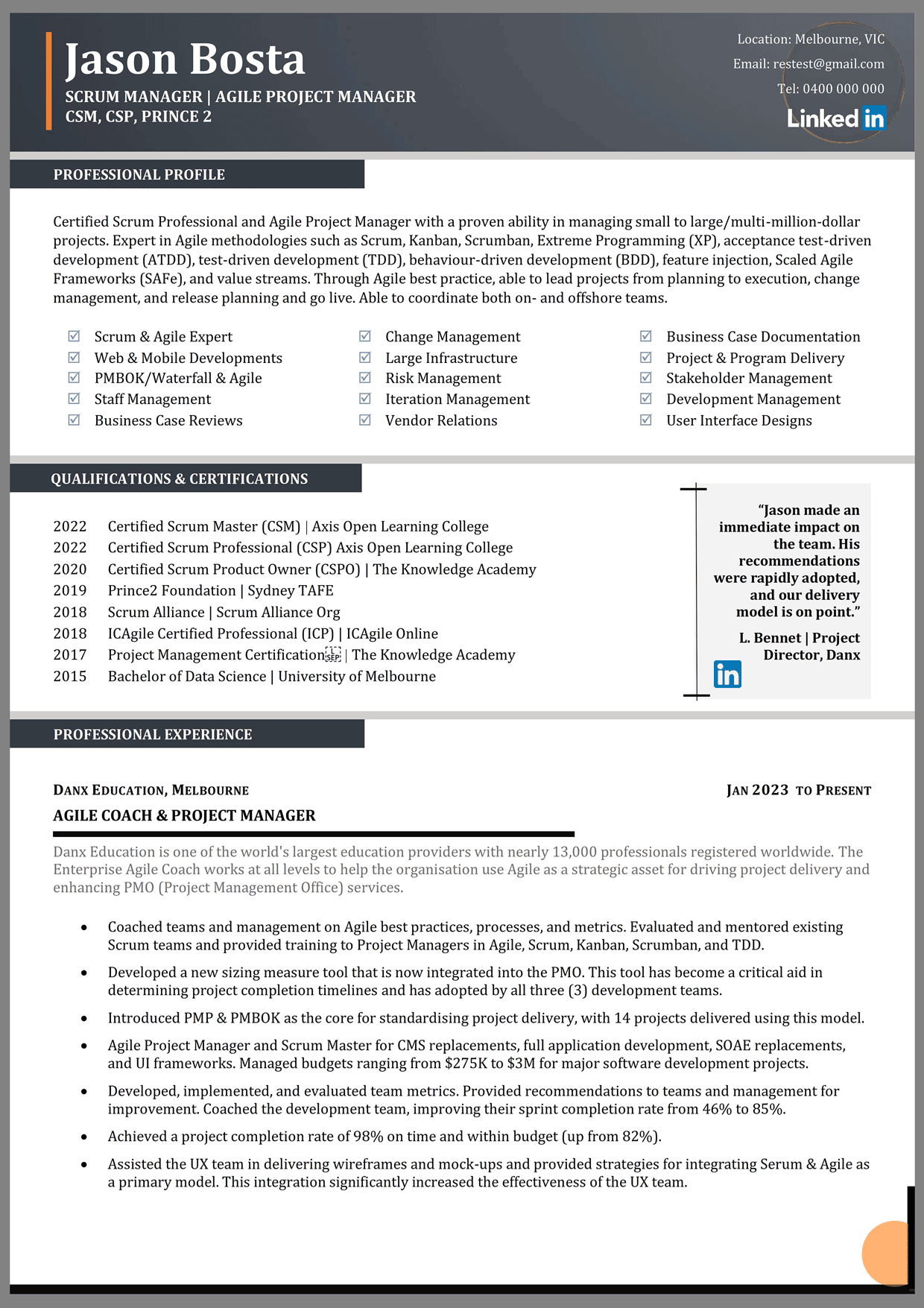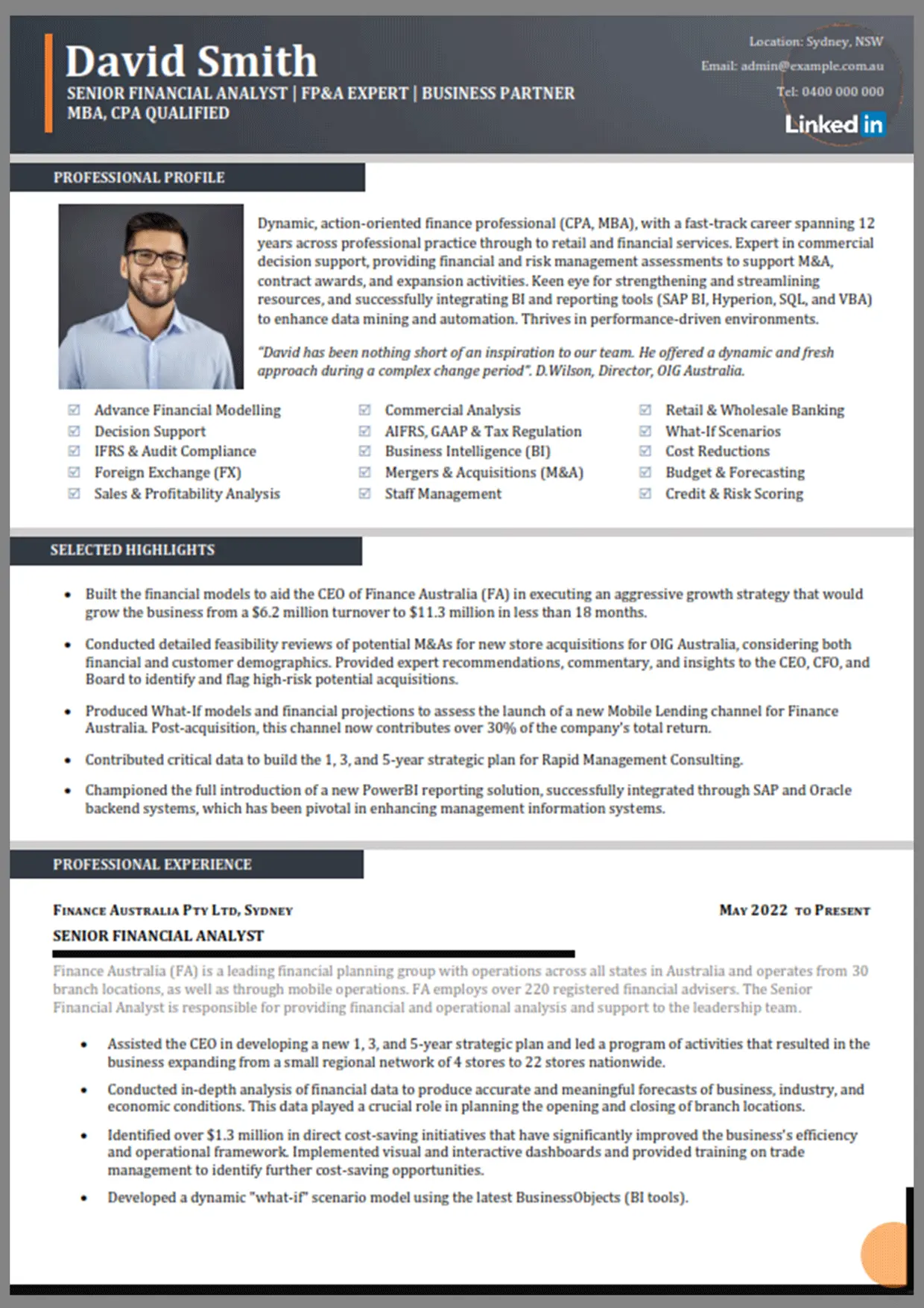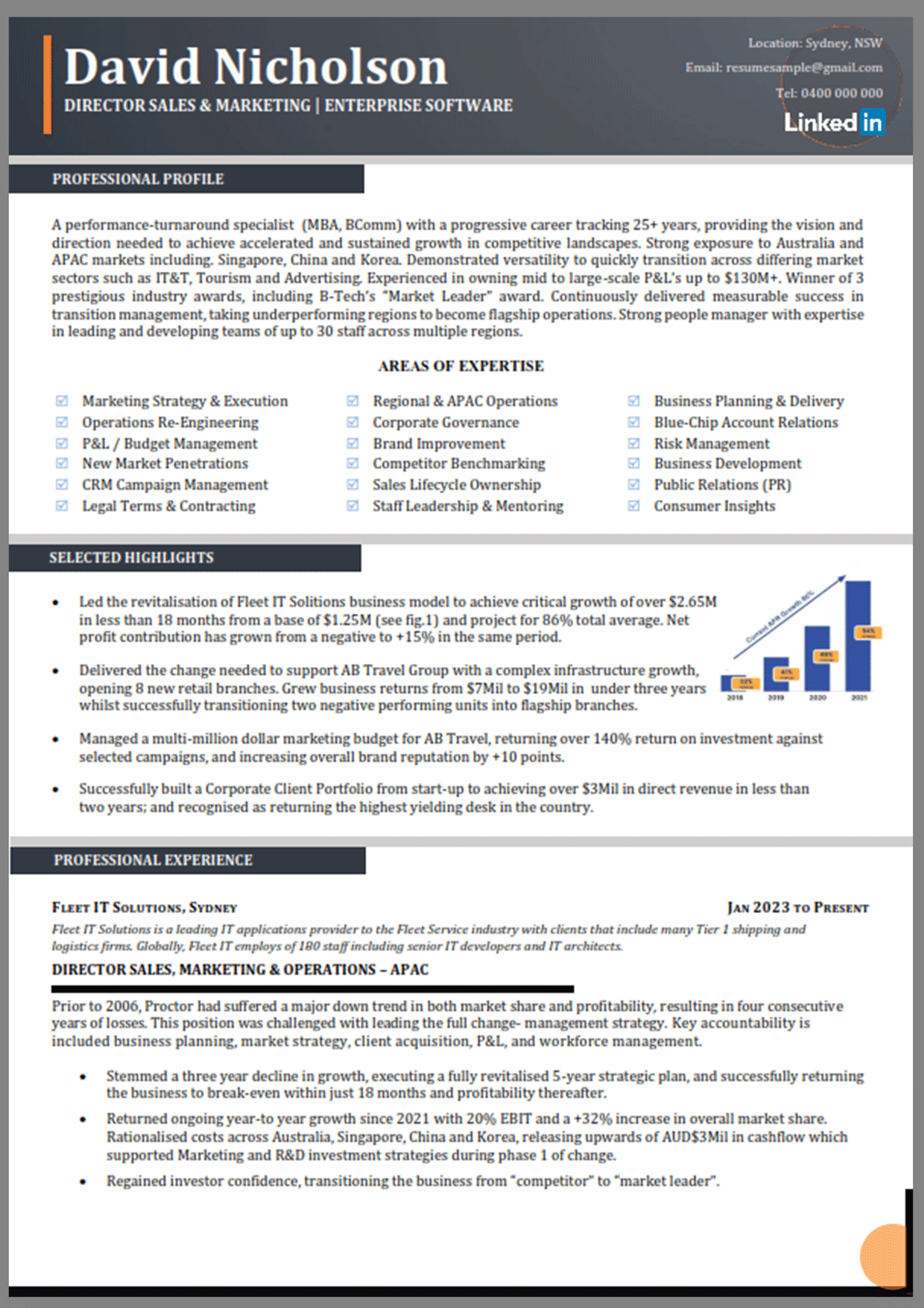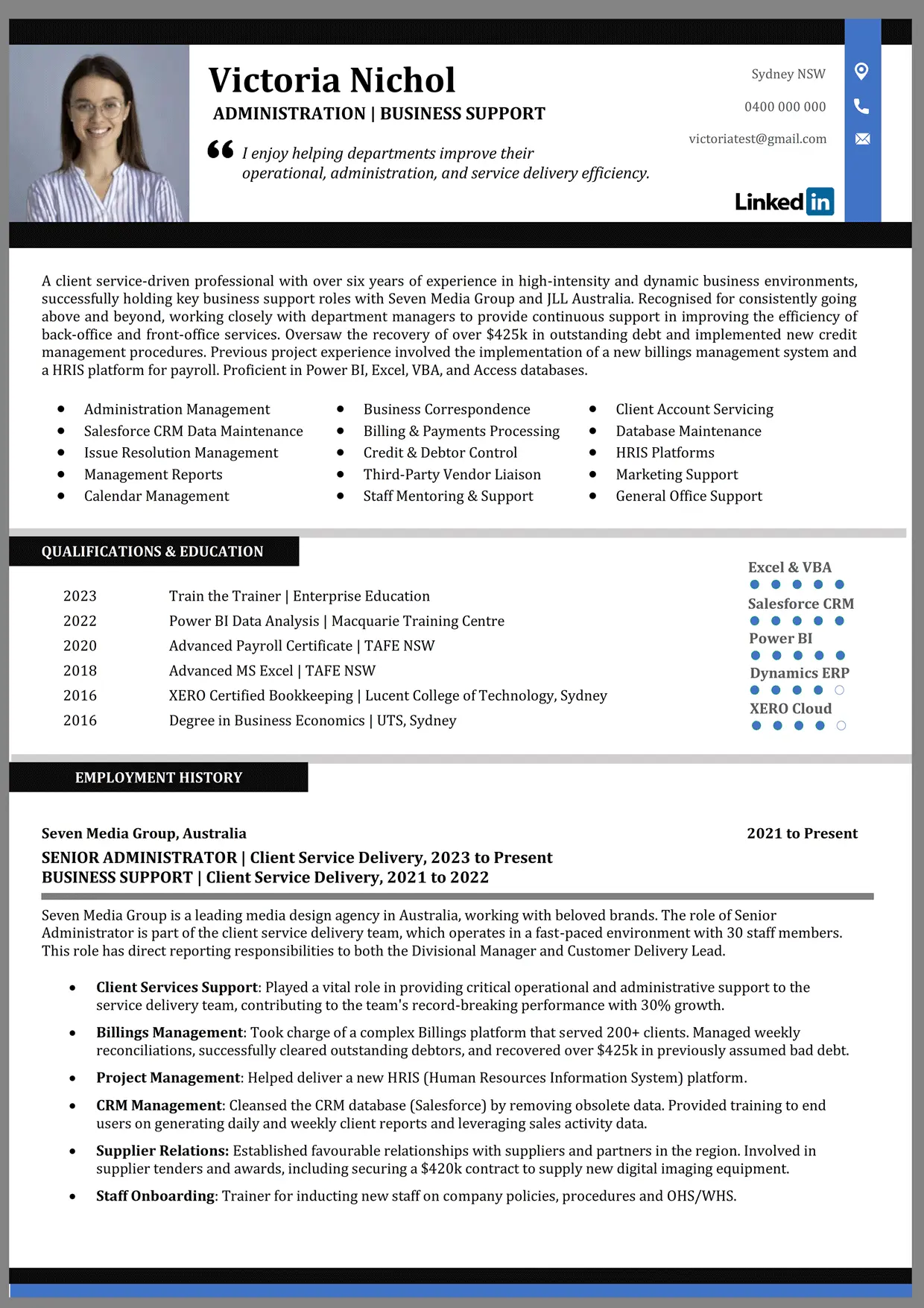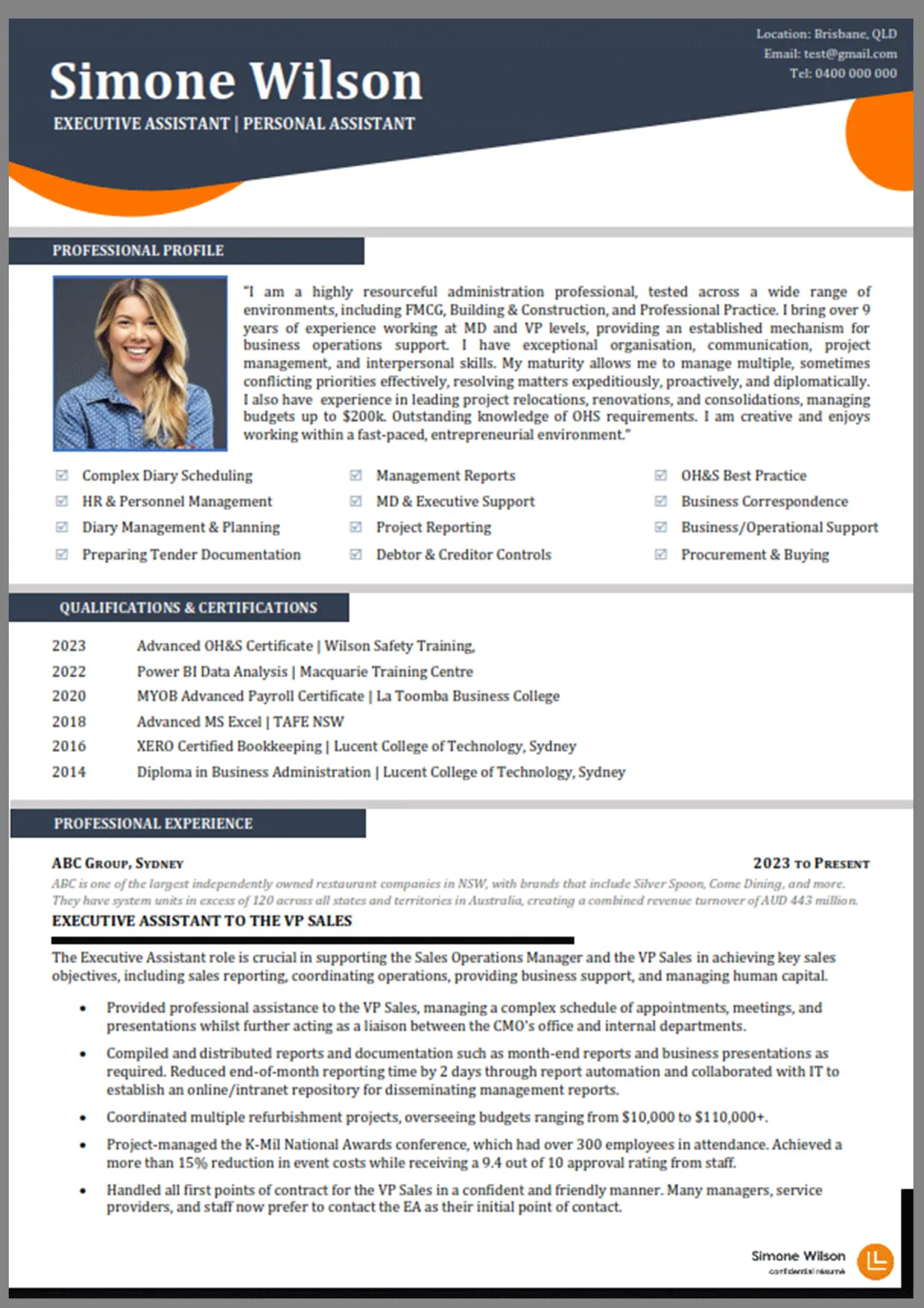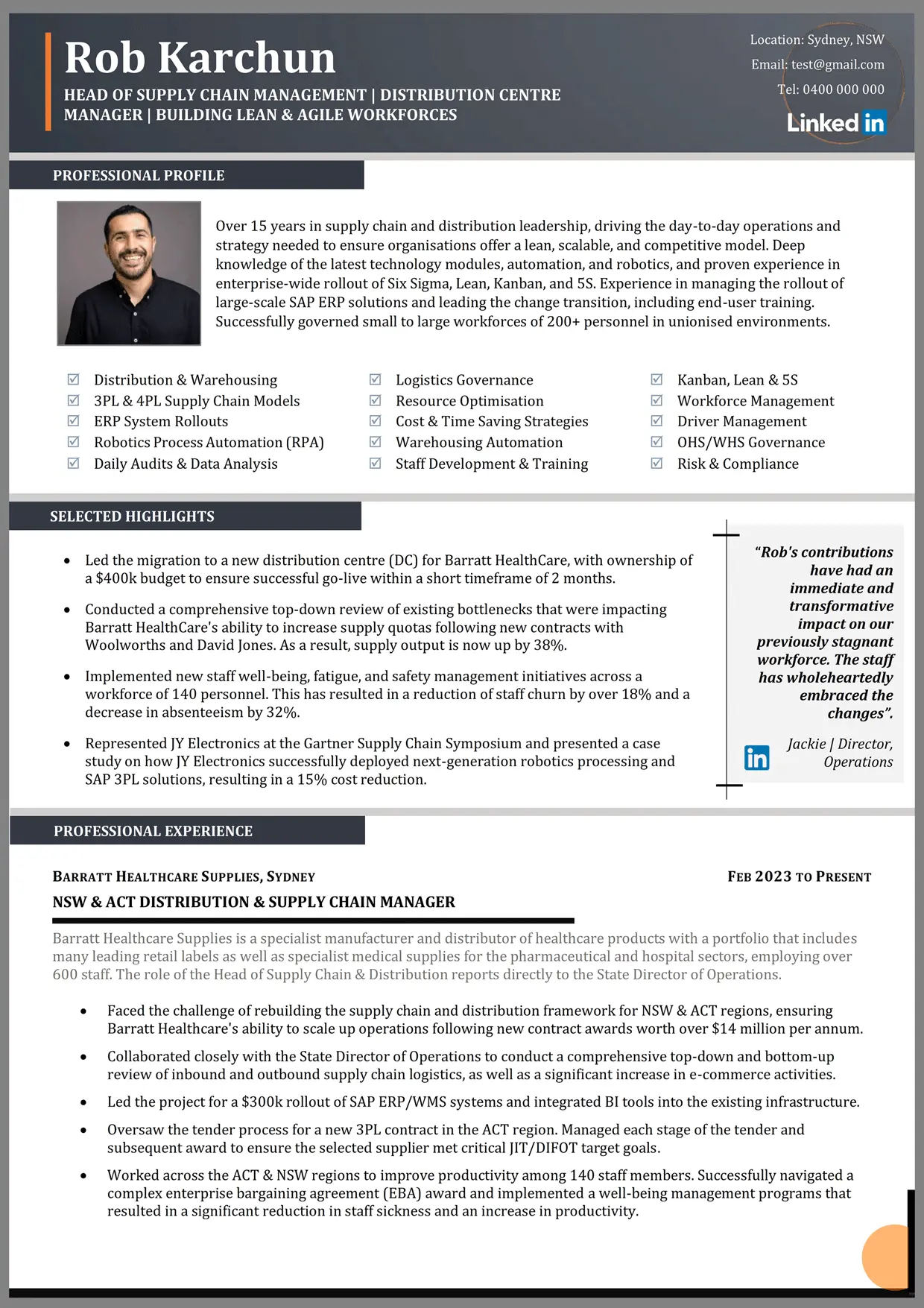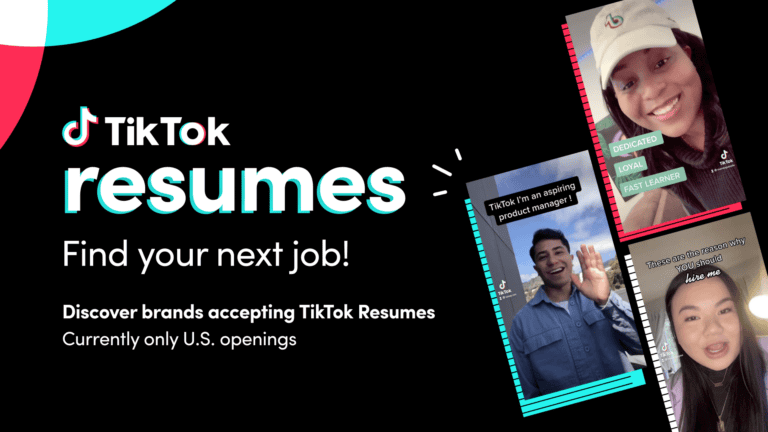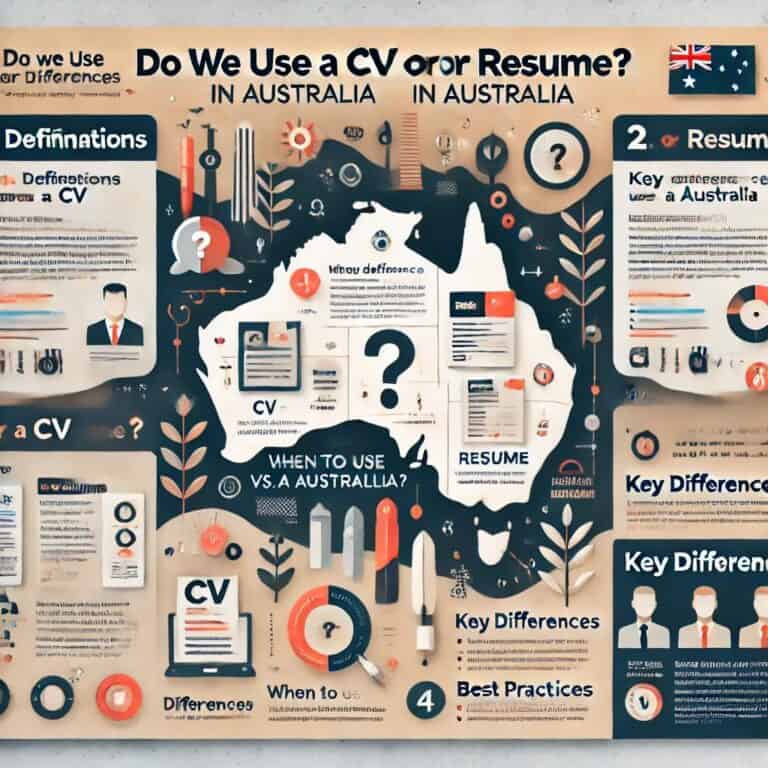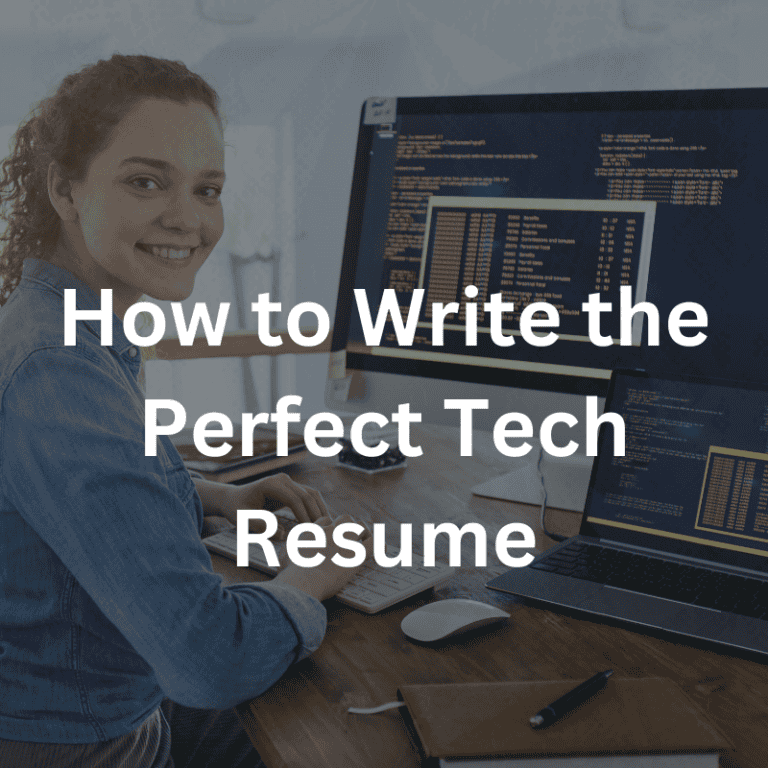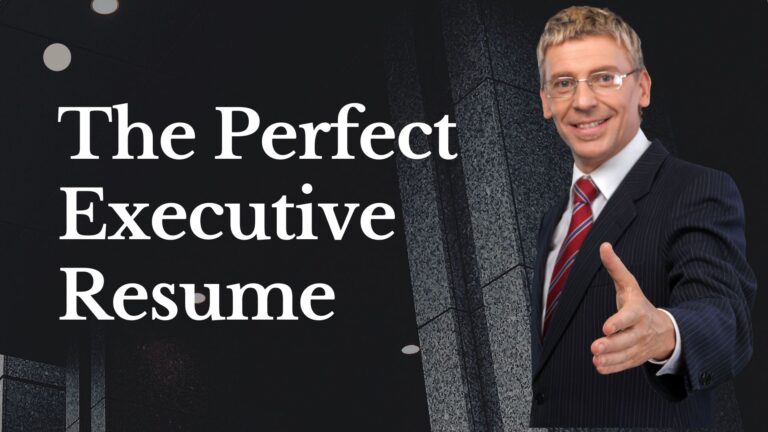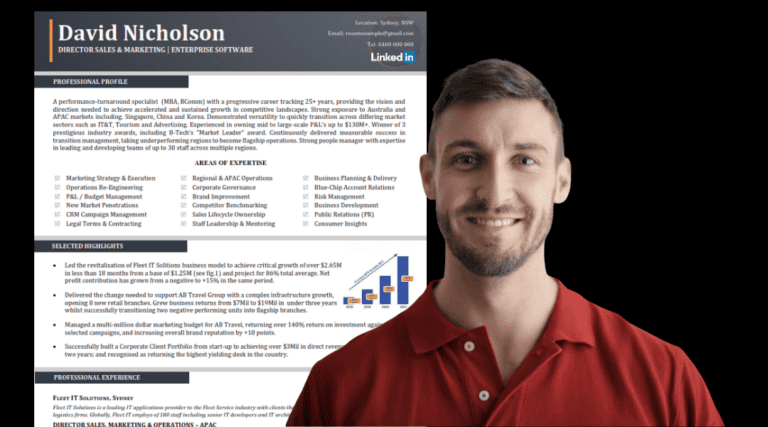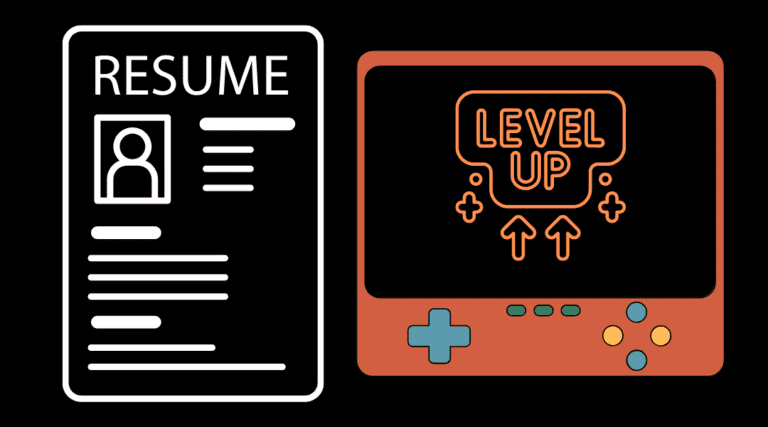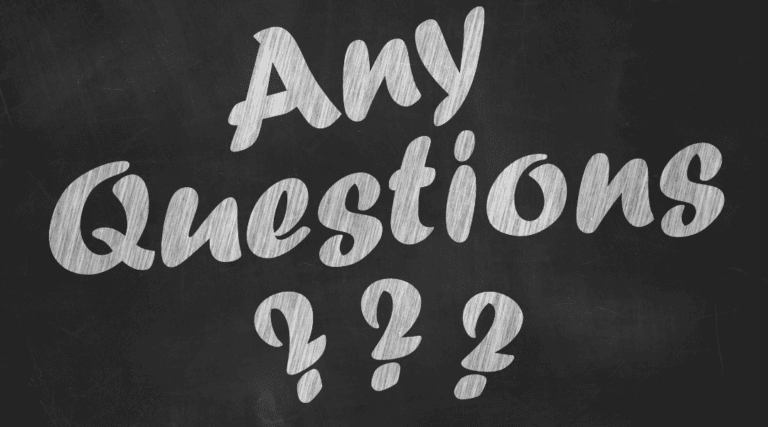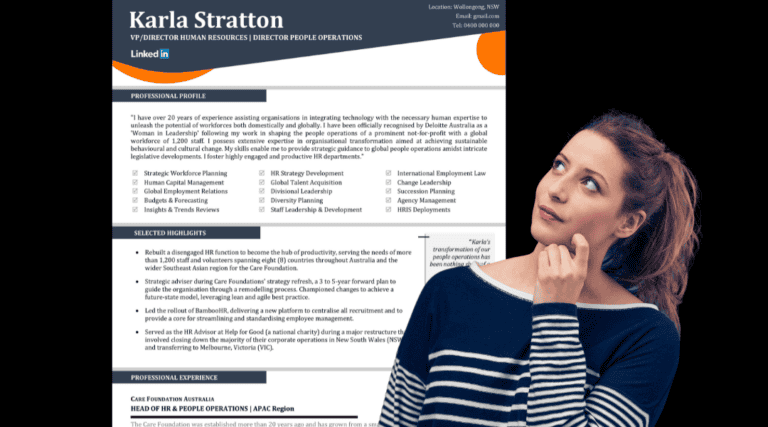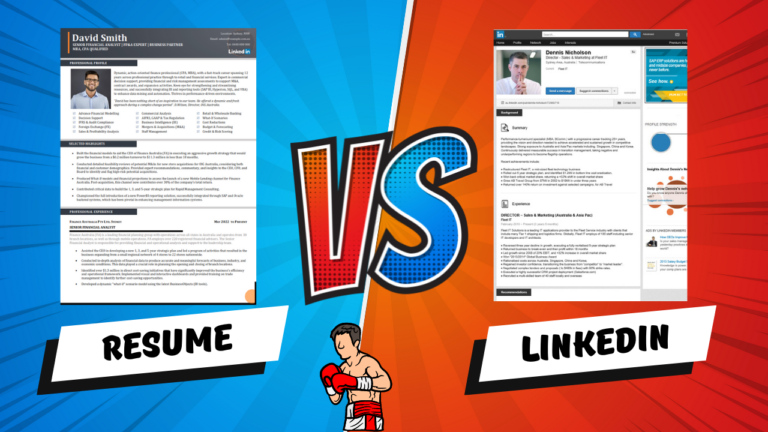Wondering what to put on your resume? This guide breaks down the must and the must-nots Here we are going to provide a simple overview so you can learn what you need to do to grab and employers attention and get more job interviews.
First, a few simple pointers
- A good resume should have a structured header with contact details, a summary and a reverse chronological work history to show career progression and achievements.
- Mixing hard, soft and universal skills relevant to the job description will make you a more attractive candidate and get you more interview calls.
- Don’t put personal details, irrelevant work experience and too many graphics on your resume to keep it professional and ATS friendly.
Resume Must Haves
Your professional resume is your first impression during your job search and is your guide to the ultimate resume format. Anyone involved in Resume Writing will tell you that you’ll need much more than just list of past jobs and qualification. Implement and showcase your skills, experience and relevant qualifications for the target audience and tell a story. Primary recommendations:
Start with:
- A structured header with your contact info
- A summary at the top that summarises your career goals and key skills
- Your work history in detail, in reverse chronological order to show achievements and progress throughout your career.
These three parts work together to give a full picture of what you bring professionally. Now let’s break each down for Clarity.
Header with Contact Info
Your resume header should have:
- Full Name
- Job Title (your profession)
- Contact Email Address
- Telephone Number
- Personal Website (if applicable)
- Relevant Social Media Profiles (e.g. LinkedIn)
Make sure your email address looks professional. A weird or outdated one may have a negative impact.
These details ensure hiring managers can easily get in touch with you for an interview with potential employers.
Writing a Summary for Your Resume
The summary should be a brief overview of your main qualifications, skills and professional background within 50 to 150 words. The purpose of this section is to make an instant positive impact and grab the HR manager’s attention. Instead of focusing on what you are looking for in your next role, maybe focus on what you bring to an organisation, and relevancy towards the role you are applying to. Consider aligning your summary with the job description you’re applying for to show you’re a good fit for that role.
For example when applying for a sales role, highlight how well you can grow revenue and manage a team doing sales tasks in your summary. Instead of too many bullet points, write a focused paragraph on how your skills meet today’s needs and future career goals while touching on relevant skills related to sales roles.
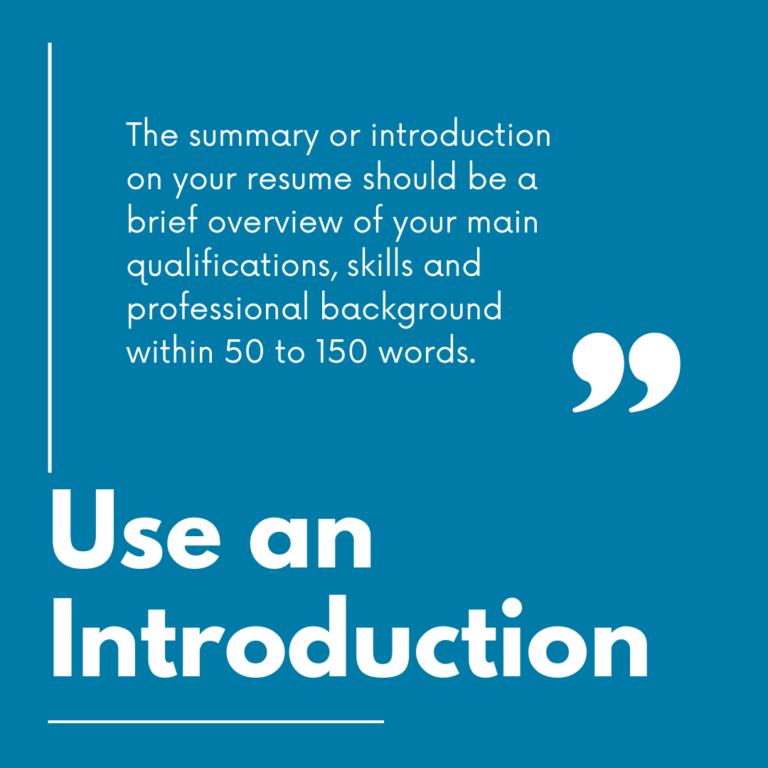
Work History in Reverse Chronological Order
The most popular format is the reverse chronological order where a work history section will show your past roles and achievements. Start with your current or last job title, then the employer’s name and the period you were with them. List in reverse chronological order to show career progression and relevant skills.
Use action verbs from the job ad when describing achievements. Use specific numbers like percentages or financials to show the impact of your contributions. Limit this section to positions within the last 10 years or so to keep it concise and focused on relevant experience
Skills
The skills section of your resume is a key part that shows what you have to offer and grabs the reader’s attention. Strategically presented skills can increase your chances of getting an interview and may even affect the salary. You should also consider picking from our Top 100 Resume Power Words to get you noticed. By matching a balance of hard and soft skills to the requirements in the job description you stand out from other applicants.
We have three categories: hard skills, soft skills and universal skills—all important in showing your qualifications to potential employers. Each category serves to build a full picture of your professional skills.
Hard or Technical Skills
Hard skills are technical skills acquired through formal education and hands-on experience, which include things like computer literacy, data analysis and enterprise resource planning. These skills are directly related to the tasks you need to do in a professional environment and can be measured.
Showing hard skills on your resume shows your technical ability and makes you more attractive to employers for roles that require those skills.
Hard or Technical Skills
Hard skills are technical skills acquired through formal education and hands-on experience, which include things like computer literacy, data analysis and enterprise resource planning. These skills are directly related to the tasks you need to do in a professional environment and can be measured.
Showing hard skills on your resume shows your technical ability and makes you more attractive to employers for roles that require those skills.
Soft Skills
On the other hand, soft skills are a range of personal attributes that improve performance in the workplace and are sought by employers. These include:
- Communication
- Teamwork
- Problem solving
- Flexibility
For those applying for jobs, these skills are essential as they show you can perform across different job roles and increase your attractiveness to employers.
Universal Skills
Skills that are universal in nature make you more attractive as a candidate by showing you can adapt and be versatile across different roles and industries. For example leadership is a skill that is universally relevant, shows you can lead, influence and motivate people in many job situations.
Showing commitment and reliability through a strong work ethic is another key skill that has broad value. Employers love this trait because it means you are committed to your responsibilities.
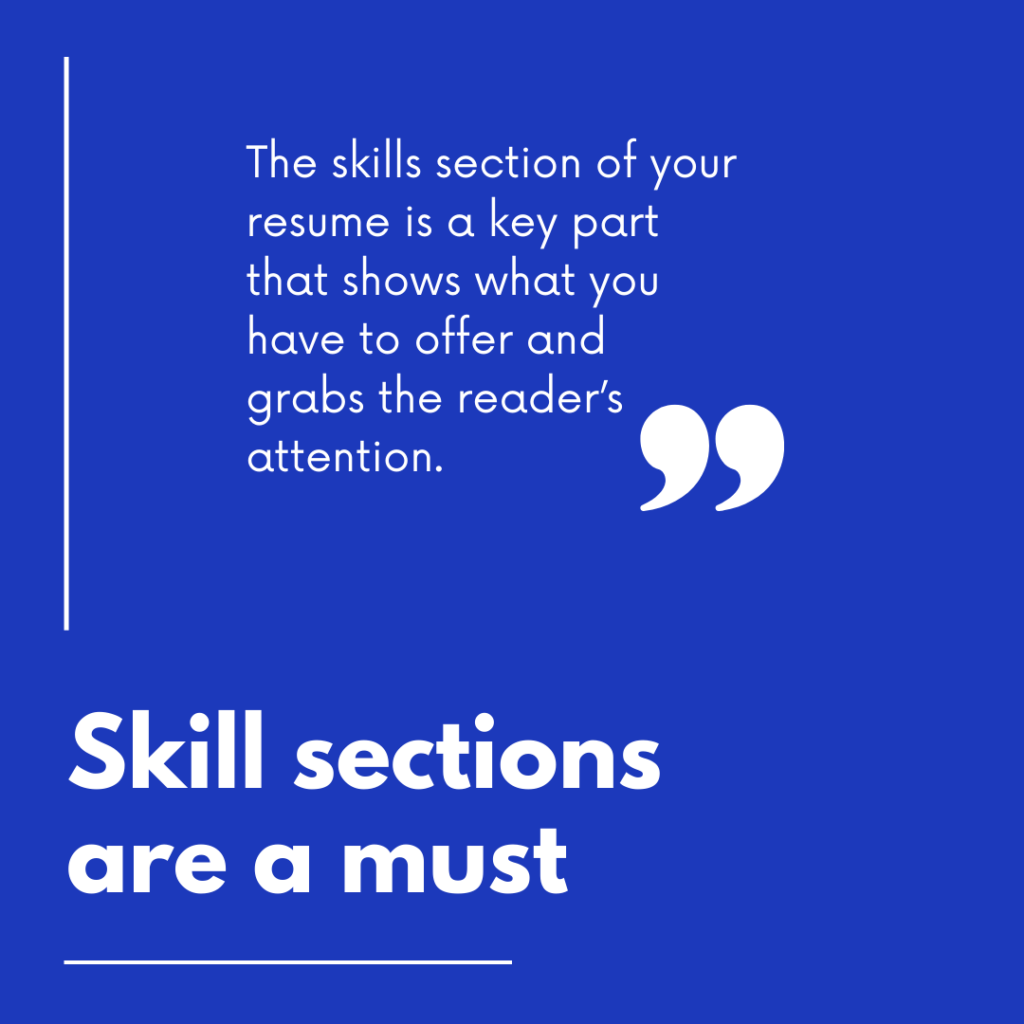
Education and Certifications
Your academic qualifications and relevant certifications for the job you are applying for should be at the top of the education section of your resume. Present this information in reverse chronological order with:
- Degree title
- Major
- Institution
- Date graduated
To add more weight to your education in this section consider adding relevant coursework and any additional certifications.
In the education section list your qualifications in reverse chronological order. For each qualification you list make sure to include:
- Type of degree
- Major
- Institution’s location
- Key courses or other relevant details about the program
If you have a college degree it’s usually not necessary to include your high school education in this section.
Relevant Certifications and Awards
Including certifications and specialised training on your resume is important when applying for jobs that require specific skills. It’s good to include any relevant certifications with the name of the certifying body and date issued as this information can make a big impact on your application.
For tech professionals like software developers, having industry recognided credentials like Java or AWS will show your skills and qualifications. Mention any awards or recognition you have received will show your achievements and help you stand out from other candidates in a competitive market.
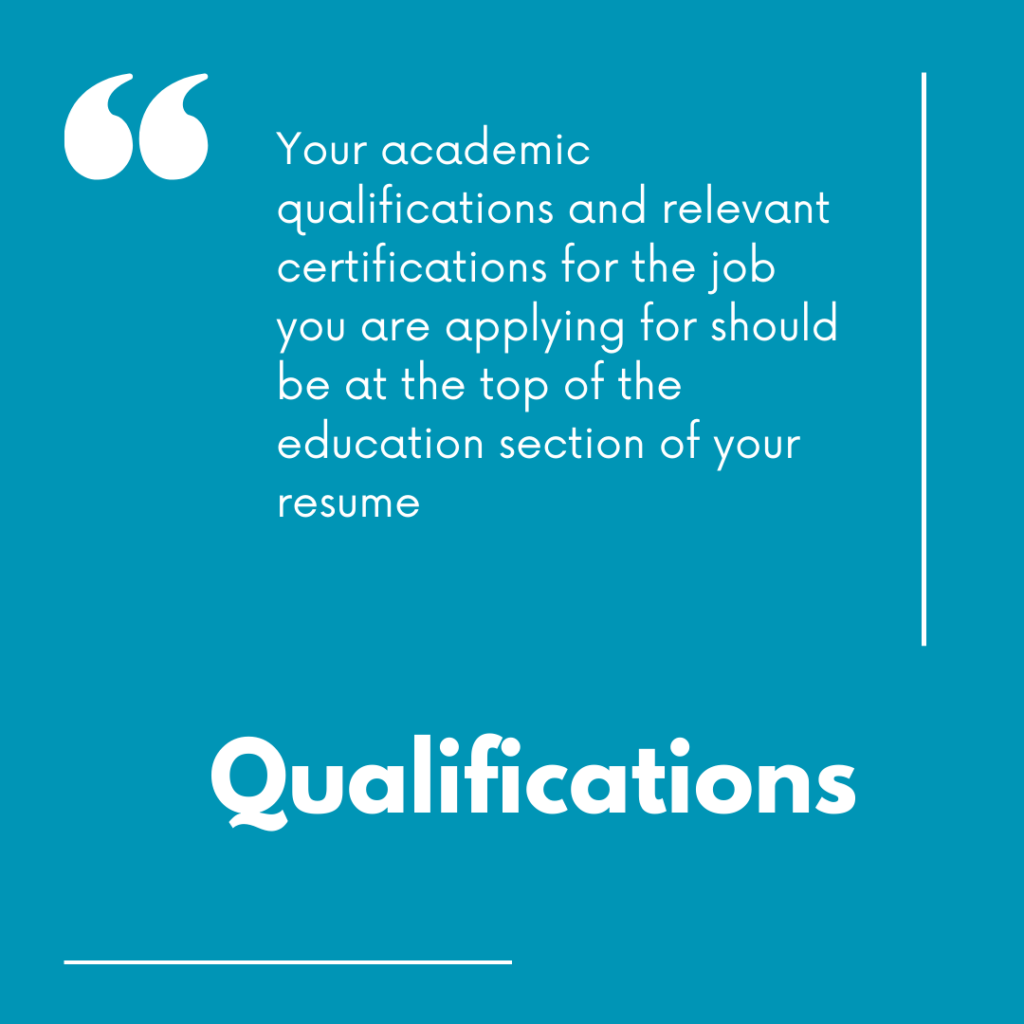
Additional Sections to Make You Stand Out
To make your resume stand out it’s good to include additional sections like language proficiency, volunteer work and personal interests. These will show Competencies and character traits that may grab the attention of employers..
Languages
In a global competitive job market being proficient in multiple languages is a big differentiator. Make sure to list your languages and levels of proficiency with descriptors like:
- Beginner
- Intermediate
- Advanced
- Fluent
Be truthful about your language ability. Misrepresenting this can be exposed quickly in an interview where your actual skill level will be tested.
Volunteer Work and Internships
Including volunteer roles and internships is a way to fill gaps in your work history especially on entry level resumes. Make sure to outline the duties, affiliated organization, time frame and competencies developed in the same way as regular work experience.
Create a separate section for volunteering as it’s proof of your skills and commitment outside of formal work environments.
Hobbies and Interests
Only include hobbies and interests on your resume if they add to your work experience, support skills required for the job and demonstrate good cultural fit. Focus on activities that show significant participation or leadership roles rather than hobbies that are not relevant to the job you are applying for.
What Not to Put on a Resume
Knowing what not to put on a resume is as important as knowing what to include. Keep out personal details, unrelated work experience and too many graphics to ensure your resume looks professional and effective.
Personal Information
Omit personal information that’s not relevant to the job, like age, marital status, social security number. You don’t need to include your full address. Just the city and state will do. Don’t mention birth date, health status or political affiliations as they are extraneous and can lead to discrimination.
Unrelated Job Experience
Focus on including work experience relevant to the job you are applying for and don’t include jobs that have no relation to it. To keep your resume short and targeted, leave out short employment stints that don’t add to your application.
Unnecessary Graphics or Designs
To ensure Applicant Tracking Systems (ATS) can scan and process your resume smoothly, keep it simple and professional. Too many graphics can cause ATS problems and hinder scanning and processing of resumes.
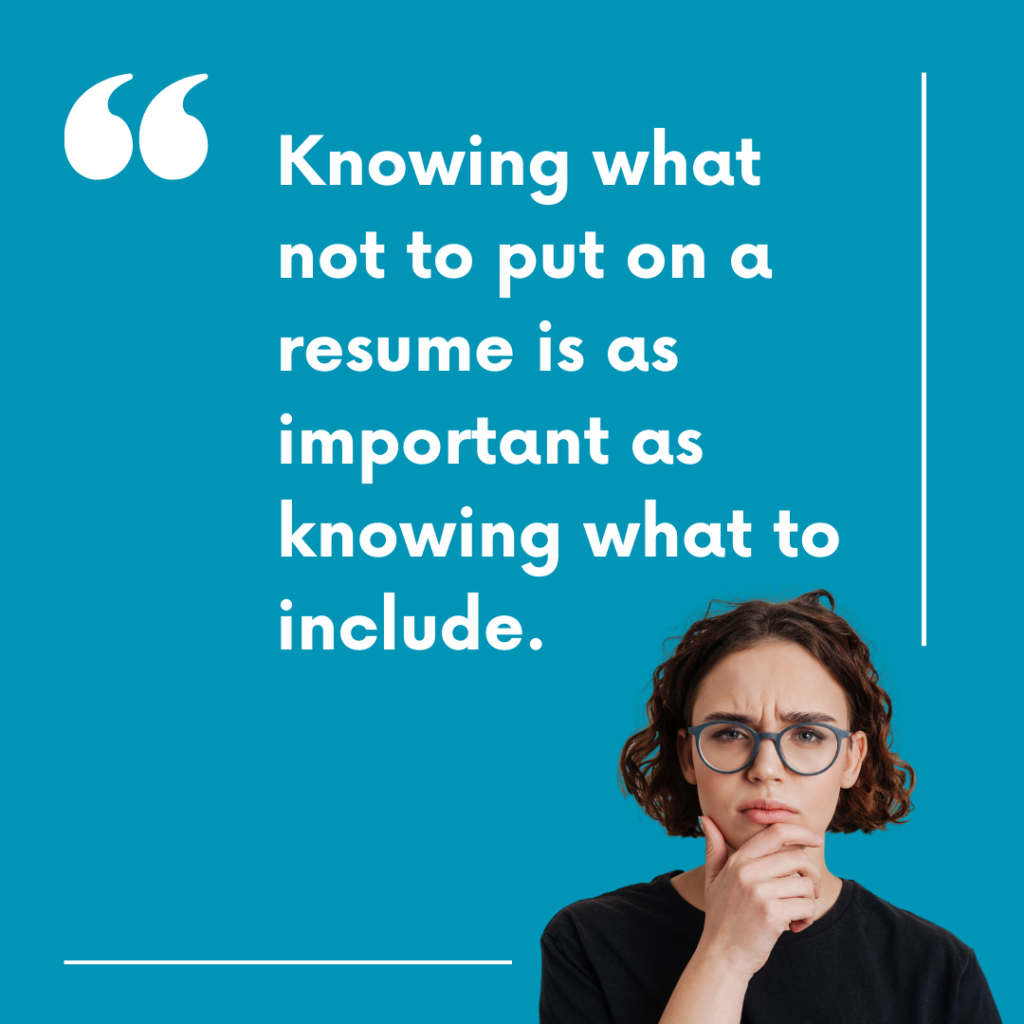
Customising Your Resume to the Job Description
For each job application you need to customise your resume to show how you fit the role and show genuine interest. This means reviewing the job ad, embedding keywords throughout your resume and writing a cover letter that supports your CV.
Job Ad Analysis
To adjust your resume, first review the job ad and identify the key qualifications and skills required. Highlight keywords and phrases that are repeated or emphasized in the job description.
Keywords
Incorporating keywords from the job description into your resume is key to showing you’re a fit and beating Applicant Tracking Systems (ATS). To highlight your skills use the same terminology as the job description.
Make sure you address all key requirements and skills in relevant sections of your resume to show their relevance..
Cover Letter
Your cover letter should include:
- Address the cover letter to the hiring manager.
- State the specific job you’re applying for.
- Customize your letter to show how your qualifications and past experience match what’s in the job description.
Write your story around why you’re a good fit for this role and what’s on your resume and you’ll stand out.
Adding this personal touch can get you an interview.
Resume Examples
Job seekers can use professional resume samples as templates and references. These samples show how to write resumes for those starting out, mid-career and niche positions.
Entry Level
When applying for entry-level roles, your education section can compensate for lack of work history. To highlight your education effectively try:
- Include significant academic projects that showcase your skills and expertise.
- Mention any extracurricular activities you were involved in outside class that show leadership or teamwork skills.
- Highlight internships or part-time work done while you were studying to show commitment and hands-on experience.
Mid-Career Professional
Mid-career professionals should make sure their resume highlights key achievements and career progression in previous roles. You need to show your upward trajectory and tangible contributions to your industry, focusing on how you’ve grown professionally.
This way employers can see your career progression and how your skills match what they’re looking for in a candidate.
Niche Roles
In niche roles it’s essential to highlight industry specific experience and technical skills relevant to the role. IT resumes for example should have a section for technical skills that lists relevant software and programming languages. Customize your experiences and skills according to the industry you’re in – whether it’s IT or education – to show your expertise and fit for the job.
So, there you have it…
Writing a perfect resume is about understanding the components of a professional resume from a structured header to a summary and work history. Mixing hard, soft and universal skills relevant to the job description will make your resume stand out. Listing education, certifications and additional sections like languages and volunteer work will set you apart from other applicants.
Avoid common mistakes like including personal details, irrelevant job experience and too many graphics to keep your resume professional and effective. Tailor your resume to each job description by reading the job ad, using keywords and writing a cover letter to show your interest and fit for the role. By following these tips you’ll have a resume that shows your qualifications and experience and grabs the attention of hiring managers and gets you more job interviews and opportunities.
FAQs
What should I put on my resume to make it stand out?
Start your resume with a clean and structured header with your contact details followed by a summary. Expand on your work experience and mix in hard and soft skills. Include education background and certifications. For extra points list languages and volunteer work.
That’s a full and interesting profile for potential employers to see what you bring to the table.
How do I tailor my resume to a job description?
Tailor your resume to the job description by reading its requirements, using keywords and writing a cover letter to explain how you fit the role.
Good luck with your application!
How do I show my skills on my resume?
Showcase a mix of hard and soft skills relevant to the job description. List technical skills for hard skills and personal attributes for soft skills and include universal skills like leadership and strong work ethic.
What personal details should I not include on my resume?
Don’t include unnecessary personal details like full date of birth, full address, social security number, health status or political views, age and marital status on your resume.
Only include information relevant to your professional credentials.
What to avoid?
No irrelevant job history, too many graphics or design elements, lies and personal details not required.
Be concise, focused and professional. over posting.
